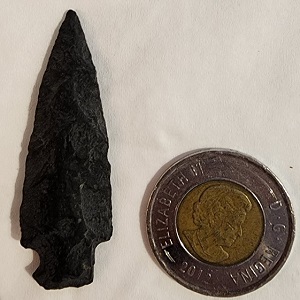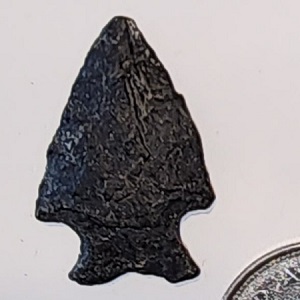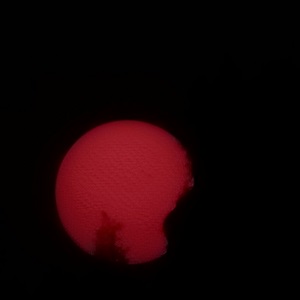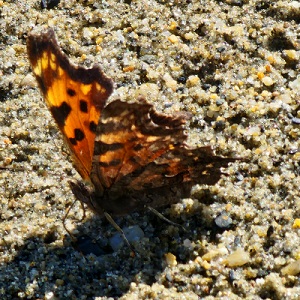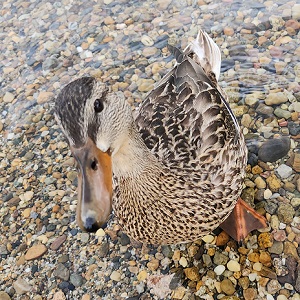Art is a tough thing to define, and for economies sake I'll define it as any act of creation (man-made, sorry Zoo) that has the ability to inspire the intellect, the imagination or emotion. Typically it's original, because the repetition of ideas tends to dull the senses and remove any "inspiring" effects, a funny joke told again and again becomes stale and boring in the retelling.
If you accept that as a definition (and, hey, I understand if you don't, it's poorly abbreviated at best), then I'd like to propose to define the life cycle of Art.
1) Creation, the artist in the studio, at their easel, guitar, piano, on the computer, their typewriter, you get the idea. This is Genesis, Genius, Art as a process. It's followed by:
2) Art - as the object - the output of that creative effort, be it a painting, building, song, etc.
3) Art - the object, the book, painting, song - becomes currency for the artist to purchase more supplies, and if they're very, very lucky (and occasionally talented) there's enough left over for them to pay the rent and buy groceries.
4) Art now becomes a commodity, traded and sold as an investment, speculative, a brand name (the Artist), capitalizing on it's ability to provoke/inspire/generate that feeling/sentiment/awe/status, etc. that's currently in vogue. It's success in this depends somewhat on the artists skill and reputation, the investor's knowledge of this, and a whole host of other effects too numerous to list here, but include both public opinion, that of "experts", fellow artists, the opinion of the Artist as a human being, the life of the artist (long suffering, or well pampered: Van Gogh VS Damien Hirst), it's relevance to other Art of it's generation, etc.
As a commodity, art can expect to be reproduced "Ad Infinitum" - endless copies of postcards, calendars, records, tapes, CD's, downloads, blueprints, etc, all of which serve to enhance the value of the original and return investment dollars through the mass production of cheap imitations.
5) The most successful combinations of these factors will result in the Art becoming an Artifact, collected by museums and galleries all over the world. At this point the art, is, really, dead, it is alive to us only in that it fills gaps in our collective unconscious - it's first impression on us - the new and uneducated viewer, is overwhelming, it provokes all of the intended visceral responses, but these are merely shortfalls in our cultural education, a reflection of how poorly the imitation (the postcard, print, poster, CD) reflects the original. The original, It's made it's mark for decades, hundreds or thousands of years even, it's been discussed, dissected, analyzed, and gasp - even understood - and, now, no longer "Art", but "Artifact", it rests in a museum for all those of us who've never found time to catch up and appreciate it.







